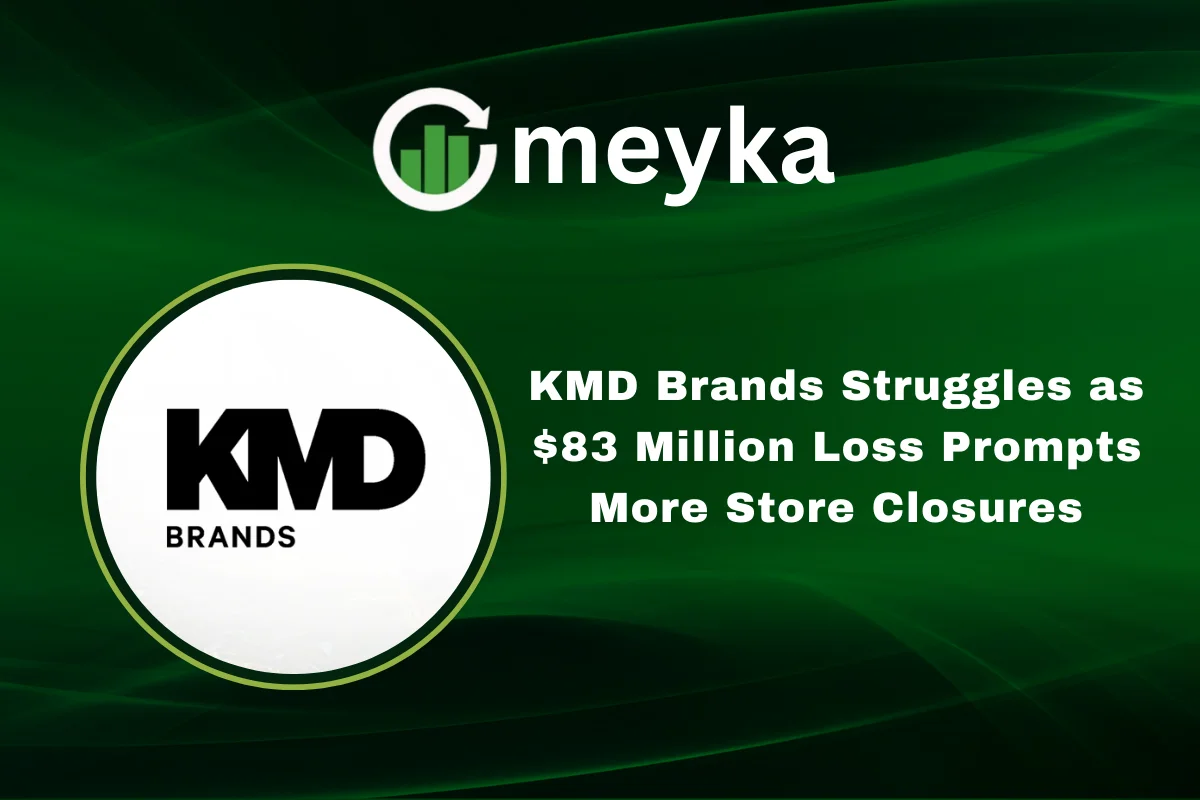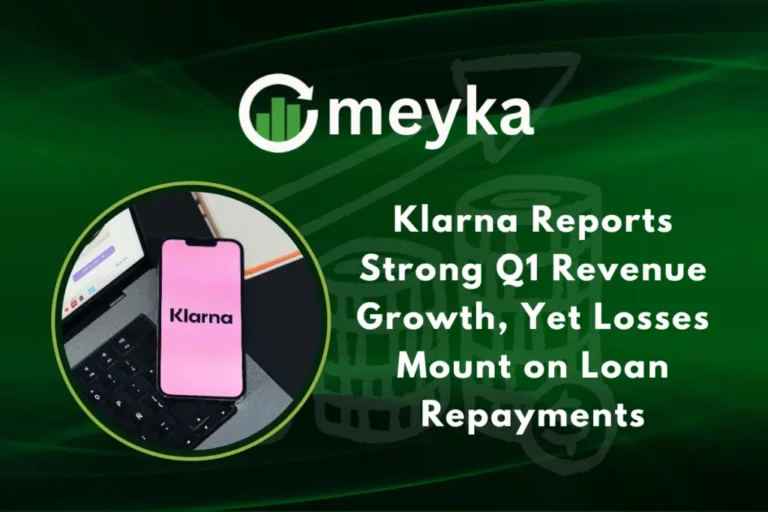KMD Brands Struggles as $83 Million Loss Prompts More Store Closures
KMD Brands, the parent company of popular outdoor retailer Kathmandu, is facing one of the most difficult phases in its history. The group has reported an $83 million loss, forcing it to rethink its operations and close more stores across key markets. This sharp decline highlights the ongoing challenges faced by retailers in a fragile global economy and a competitive stock market environment.
KMD Brands Faces Mounting Financial Pressure
For decades, KMD Brands built its reputation on outdoor clothing, equipment, and accessories. Known for quality products tailored to outdoor enthusiasts, the company expanded its reach into Australia, New Zealand, and international markets. However, recent years have not been kind. Rising costs, inflation, supply chain disruptions, and reduced consumer demand have significantly impacted revenues.
The $83 million net loss reveals the depth of these struggles. Store closures, particularly in underperforming locations, reflect the group’s urgent need to stabilize cash flow. The stock market has also reacted negatively, with KMD’s shares under pressure as investors question the company’s ability to recover.
Why Store Closures Are Accelerating
The decision to shut down more stores is not only about immediate cost-cutting. It highlights a long-term shift in retail trends. More consumers now shop online, pushing physical retailers to downsize. In KMD’s case, the closures are part of a wider restructuring strategy to focus on stronger-performing outlets and digital growth.
Industry experts point out that the outdoor apparel sector is increasingly competitive, with international brands offering similar products at attractive prices. Without restructuring, KMD Brands risks losing market share to global giants that have already optimized their supply chains.
Impact on Employees and Communities
Whenever a company announces store closures, the ripple effect goes beyond financial reports. Hundreds of employees face uncertainty, while communities lose valuable retail options. In smaller towns, a Kathmandu store often serves as a hub for outdoor enthusiasts. These closures will not only hurt KMD’s employees but also reduce local retail diversity.
KMD Brands has stated that it will attempt to redeploy affected staff where possible, but not all jobs can be saved. This human impact underlines the seriousness of the company’s situation.
Stock Market Reaction and Investor Concerns
The $83 million loss has shaken investor confidence. For a company once regarded as a stable outdoor retail leader, such a dramatic downturn raises questions about long-term sustainability. Some investors are now re-evaluating their stock research positions, comparing KMD to other retail and AI stocks that may offer better growth potential.
Analysts suggest that KMD’s management must demonstrate a clear path to recovery. Transparent communication about strategy, digital investment, and product innovation will be essential to restore faith in the company’s future.
Global Retail Challenges Adding Pressure
The struggles of KMD Brands are not happening in isolation. Across the globe, retailers are facing similar issues. Inflation continues to squeeze household budgets, leaving consumers with less discretionary income for premium outdoor gear. Supply chain costs, particularly for imported goods, remain high.
Additionally, the rise of e-commerce platforms and fast-fashion retailers has shifted shopping habits. Customers expect faster delivery, broader product ranges, and competitive pricing. KMD’s traditional model of large physical stores is no longer enough to meet these demands.
KMD’s Strategic Moves for Survival
Despite the setbacks, KMD Brands is not giving up. The company has outlined several key strategies to rebuild its position:
- Digital Transformation: Investing in online platforms to capture the growing e-commerce market.
- Streamlining Stores: Focusing on profitable locations while cutting losses in weak markets.
- Product Innovation: Designing new outdoor gear that stands out against international competitors.
- Sustainability Goals: Building on its reputation for ethical and sustainable practices, which remain highly valued by modern consumers.
These steps are designed to protect the brand’s core identity while adapting to modern retail trends.
What This Means for Investors
For investors tracking the stock market, KMD Brands presents both risk and opportunity. The recent financial report paints a worrying picture, but it also highlights the company’s willingness to make tough decisions. Those considering stock research in retail should monitor whether these strategies deliver results in the next fiscal year.
Comparisons to AI stocks and other high-growth sectors make KMD appear less attractive in the short term. However, long-term investors who believe in the outdoor lifestyle market may see potential if the restructuring plan succeeds.
Future Outlook for KMD Brands
Looking ahead, KMD Brands must demonstrate its ability to adapt to the evolving retail environment. Success will depend on how effectively it executes digital transformation and maintains customer loyalty. Outdoor adventure remains a growing lifestyle trend worldwide, but only brands that evolve with consumer needs will thrive.
If the company can reduce debt, cut unprofitable operations, and focus on innovation, there is hope for recovery. Until then, investors and consumers alike will watch closely as the company navigates its toughest challenge yet.
FAQs
The $83 million loss is attributed to declining sales, high operational costs, and the effects of global inflation. Supply chain disruptions and increased competition also hurt profitability.
Store closures will reduce the company’s physical presence, especially in smaller towns. Customers may have to rely more on online shopping or travel to larger cities to access products.
While KMD faces significant challenges, its recovery strategy could restore long-term value. Investors should carefully track the company’s progress and compare it with other retail or AI stocks before making decisions.
Disclaimer:
This content is made for learning only. It is not meant to give financial advice. Always check the facts yourself. Financial decisions need detailed research.






